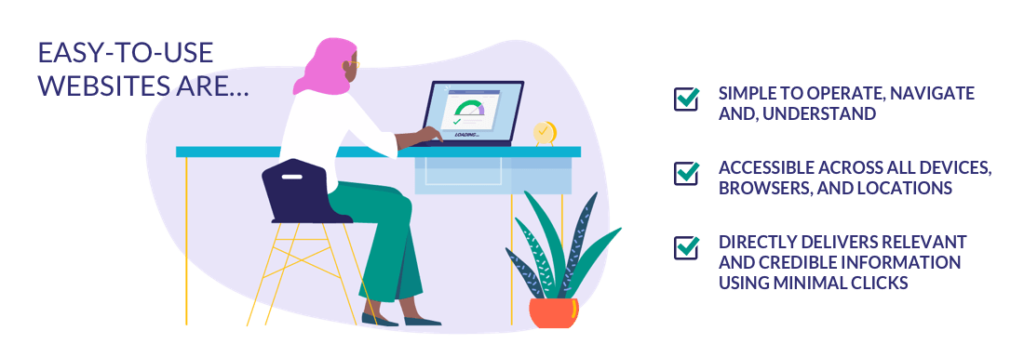Digital Marketing Campaigns: 11 Types of Digital Marketing Campaigns
There is no way to ignore digital marketing, regardless of your industry, business, or location. However, there isn’t just one option – there are infinite possibilities. If you’ve got a small budget and are looking for something incredibly cost-efficient to launch a new startup, or if you’re a big brand with a really big budget trying to make some noise, there are many channels, platforms, and types of digital marketing you’ll be able to use for your marketing strategy.
It’s important to understand why digital marketing is so exciting, and why you should be interested in the vast world of digital marketing before getting started. So what makes digital marketing so exciting?
- It’s affordable. Paid digital marketing is quite cost-effective, and allows you to spend your marketing budget more strategically. While the costs of each digital marketing platform can differ, there’s something for everyone. You can distribute your content for free through your own digital marketing channels if you are not utilizing digital marketing for paid (e.g. content marketing – we’ll get to that later).
- It’s targeted. Speaking of targeting, digital platforms are able to identify who is online and show them specific content. Traditionally, marketing involved hoping your message reached your target audience, but digital gives us the confidence to know.
- It’s full of data. Have you ever seen a television advertising report? There aren’t many reliable or actionable data points. Digital platforms give you the ability to see who’s seeing your content in real time, whether you’re running a paid campaign on Google Display Network or checking your website statistics through Google Analytics.
- You’re where the people are. Our lives are increasingly surrounded by technology (the average internet user spends 6 hours and 43 minutes online every day – eek! ), so it makes sense that we should focus our efforts on reaching people where they spend so much time.
Below are 11 types of digital marketing you should consider when trying to reach your target audience.
- SEO
- Content marketing
- Social media marketing
- Paid search
- Display advertising
- Email marketing
- Messenger marketing
- Affiliate marketing
- Influencer marketing
- Video advertising
- Audio advertising
1. SEO
Search Engine Optimization is one of the most important tools in digital marketing – but what is it? It optimizes your online content so that it appears higher in search engine result pages (SERP), and it’s free. With SEO tactics, you can increase your organic search position on sites like Google and Bing, and get the most out of one of the best qualities about search: incredibly high intent.
In terms of intent, there aren’t many traditional marketing channels or digital marketing channels that allow you to get in front of customers who have such high conversion intent (we’re talking way down the funnel). Search engine optimization helps your business provide exactly what your customers are looking for at that moment, and your customers are telling you what they need.
An introduction to SEO. Search engines rank results based on three main factors: quality, relevance, and authority. As long as we create relevant content, provide users with a quality experience, and build authority throughout, shouldn’t that be easy? Content-related and technical organic search engine optimization are two types of organic search engine optimization, both of which are of utmost importance for your digital marketing strategy and for gaining free traffic to your website. If you implement an organic SEO strategy for your blog posts or on-page website copy, you will not only increase your website traffic but you will also support your search engine marketing efforts.
2. CONTENT MARKETING
 Social media, blogs, videos, and emails, to name a few, are all part of content marketing. However, content marketing is what most people refer to when looking at jobs in this field, or building out a digital marketing strategy for their business. If you think about content marketing, it’s giving information and solving problems with high-quality and useful content; whether that’s a blog post like this one, or a quiz explaining what type of bread you are (maybe not so useful), all of that falls under content marketing.
Social media, blogs, videos, and emails, to name a few, are all part of content marketing. However, content marketing is what most people refer to when looking at jobs in this field, or building out a digital marketing strategy for their business. If you think about content marketing, it’s giving information and solving problems with high-quality and useful content; whether that’s a blog post like this one, or a quiz explaining what type of bread you are (maybe not so useful), all of that falls under content marketing.
Content marketing is typically used as a “top of funnel” marketing strategy to establish your authority and influence user behavior later in the buyer’s journey. It is also used in other digital marketing tactics, such as blog posts for SEO (did someone say authority building?). Have you heard the phrase “content is king”? That’s for a reason. You’ll find better results across the board if you start with your content first. Good content is the foundation of almost all types of digital marketing.
3. SOCIAL MEDIA MARKETING
Although social media isn’t new (you’ve probably read plenty of content about social media marketing), there are constantly new platforms entering the market, new formats, and new ways to make the most of one of the most popular platforms out there (more than half of the world’s population is on social media!). Digital marketing campaigns have two options: where to play and how to play.
Let’s start with the where. There are so many social media marketing platforms available today, choosing the right one depends on your digital marketing strategy and where your typical customers hang out. Are they a younger, more savvy audience who scrolls through TikTok all the time, or are they avid Twitter users? Knowing who your customers are will help you decide where to focus your efforts. What are the top social media platforms? We’ve got you:
- Snapchat
- TikTok
Secondly, the how. With social, you have two options: organic (publishing regularly on social media for free) or paying for ads to target specific audiences. Social media helps to build brands’ community, keep their audiences updated, and humanize the brand (for a level up, read about social listening as a business tool). Paid social advertising allows brands to reach a very specific audience in a social context, and to push them to complete the desired action. For any business or aspiring digital marketer who wants to up their digital advertising, social media marketing is one of the most sought-after skills in digital marketing.
4. PAID SEARCH
 Paid search operates on the same principle as SEO. Paid search is used for immediate results when you don’t have time to invest in a long-term digital marketing strategy, like SEO. It involves paying to appear in front of people when they search for specific terms related to your business. Most of the time, this is a PPC (pay per click) solution, which means you only pay when someone clicks on your search listing. It sounds great, right? It definitely is. Due to the high level of user intent, there is fierce competition for the top spot, which can often mean high prices depending on the terms you are bidding on. You’ll have to consider things like quality score (yep, Google is judging you) and landing pages in order to keep your costs low.
Paid search operates on the same principle as SEO. Paid search is used for immediate results when you don’t have time to invest in a long-term digital marketing strategy, like SEO. It involves paying to appear in front of people when they search for specific terms related to your business. Most of the time, this is a PPC (pay per click) solution, which means you only pay when someone clicks on your search listing. It sounds great, right? It definitely is. Due to the high level of user intent, there is fierce competition for the top spot, which can often mean high prices depending on the terms you are bidding on. You’ll have to consider things like quality score (yep, Google is judging you) and landing pages in order to keep your costs low.
Confused? If I want my business to appear when someone searches for “digital marketing services,” I’ll bid on the opportunity to be seen for that keyword and tell the search engine how much I’m willing to spend to get someone to click, which will be cheaper if I have a quality website. Imagine it as an almost instantaneous auction between advertisers that happens every time someone searches.
5. DISPLAY ADVERTISING
Know those banners you see on websites encouraging you to take notice of whatever they’re selling? That’s display advertising! Using any type of visual – images, videos, GIFs, and text – to advertise your business on publisher websites can be one of the most effective forms of digital marketing for reaching the masses. Do you want to show your banner to a business-savvy female audience? Advertise on women’s networking websites!
The most common way to advertise through display is through a network like Google Display Network, which boasts a variety of publishers and websites you can advertise across, or through a publisher that matches the audience, you want to reach. You can use it for brand awareness, and it’s a type of digital marketing that’s always evolving.
6. EMAIL MARKETING
Often described as “more valuable than gold,” an email list is the holy grail of any business. You can reach a qualified audience every day for free if you build a strong email list. How do you make the most of your email list and what do you do with it? This is where email marketing comes into play.
Your subscribers can be updated with useful and relevant content through email marketing – new collections, sales, and sharing your blogs each week, for example, are all great ways to help you find success on the platform. The biggest rule to remember? You need to use email marketing strategically to avoid spamming your audience while promoting your products and services. Begin with newsletters and updates and progress to creating powerful automated and segmented email series for purposes like onboarding or winning back lapsed customers.
7. MESSENGER MARKETING
There is a lot of talk about 1:1 marketing and how digital platforms help brands target their audiences more effectively. Messenger marketing is a whole new level of targeting. Conversations have grown in popularity over the past few years as brands seek to build personal relationships with their customers in a comfortable environment, helping push them to convert or answer questions that might influence their decision.
Using messenger marketing is something that can either be done manually or in combination with chatbots to automate much of the conversational workflow. Due to the proliferation of messaging apps like WhatsApp and WeChat as well as the fact that most social media platforms offer their own direct messaging features, many brands are now using messenger marketing as a way to qualify leads or provide 24/7 customer support without needing to hire additional staff. Over 2.6 billion people use messenger apps worldwide, so it’s important to think about how you can use the medium to connect with your customers.
8. AFFILIATE MARKETING
 Affiliate marketing may fall under influencer marketing, content marketing, or both, and involves paying commissions to content producers for conversions that are attributable to the content. Imagine that we ask a publisher to write an article for our business with a link to our product. By offering the publisher 10% off all sales that come through their site, they become an affiliate for us.
Affiliate marketing may fall under influencer marketing, content marketing, or both, and involves paying commissions to content producers for conversions that are attributable to the content. Imagine that we ask a publisher to write an article for our business with a link to our product. By offering the publisher 10% off all sales that come through their site, they become an affiliate for us.
This may have happened through tracking links (e.g. long URL strings that help businesses track where their sales come from) or a special discount code. Affiliate marketing networks are many, some of them general and some specific to a niche, like fashion or tech. Another option is to start your own affiliate network, which is a bit more work but can cut out the fees associated with signing up with a pre-existing network.
Affiliate marketing is loved by digital marketers regardless of how you do it. Publishing companies and content creators are encouraged to create original content for your brand, and you only have to pay if a sale is made. Do you agree?
9. INFLUENCER MARKETING
It is well known that the Kardashians earn millions of dollars per post. How does influencer marketing fit into the digital marketing landscape? Influencers typically help brands with social proof and brand awareness, almost like a paid version of word-of-mouth. We hope that if an influencer recommends a product or service to their loyal audience, the audience will trust the recommendation. The digital marketing world has found a number of uses for influencers, whether it’s the common payment for posting, a collaboration on a product, or a guest post. Influencer marketing is the use of someone’s credibility and audience to promote a product.
Consider who influences your audience when selecting influencers. Who do they listen to or rely on for advice? Find someone who shares your passions and values – this is where the magic happens. Looking for ways to make the most of influencer marketing? To further build social proof for your brand, include your influencers in your paid advertising.
10. VIDEO ADVERTISING
Have you ever fallen into the YouTube black hole? You’re not alone. There are over 2 billion people scrolling with you every month. Utilizing video as part of your marketing is an easy way to reach people not only when they’re looking for content to watch (#dogvideos anyone? ), but also when they’re looking for reviews, how-to guides, and product information. Using video is similar to how people search!
There are two types of digital marketing platforms: paid and organic. Our organic approach to video is similar to how we approach our website and social media – keeping people up to date, as well as sharing useful, relevant content. In paid advertising, we take advantage of contextual moments to deliver relevant video content. Let’s say I am a new health food company and I want to target people who watch workout videos with a relevant message.
11. AUDIO ADVERTISING
With podcasts on the rise and music listening habits changing thanks to services like Spotify and Apple Music, we now have a new medium to play in and for reaching new audiences.
Branded podcasts can also be considered content marketing. There are more basic options like audio ads within podcasts relevant to your business, as well as more advanced options like audio ads tailored to specific demographics, interests, or contextual moments on Spotify. The world of digital audio advertising is only just beginning. Even though we’re still exploring ways to track listens that lead to purchases and sign-ups, audio advertising offers a unique creative way of thinking and reaches audiences at key times.
CONCLUSION
The world of digital marketing is endless, with new platforms, ideas, and new types of digital marketing appearing daily. Although it’s always difficult to know where to begin, we recommend starting with you, your business, and your customers. How do you know who to talk to, where do they spend their time, and what makes sense for your business? There are plenty of opportunities out there, and now is the right time to get started!


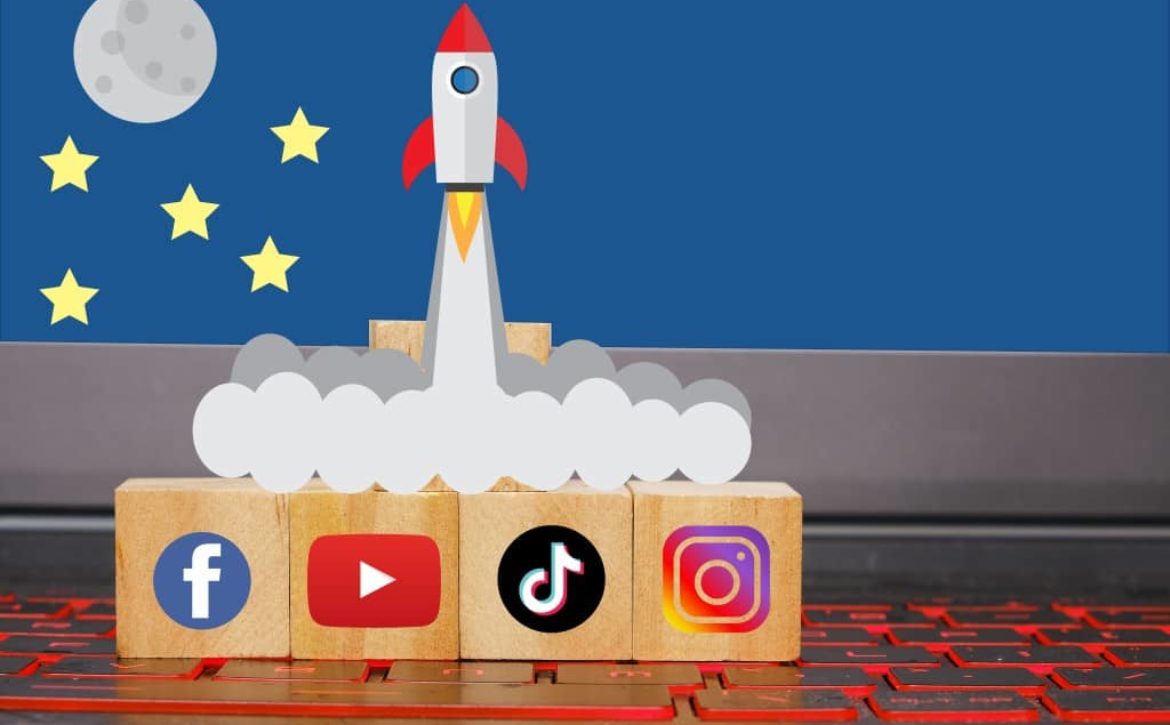









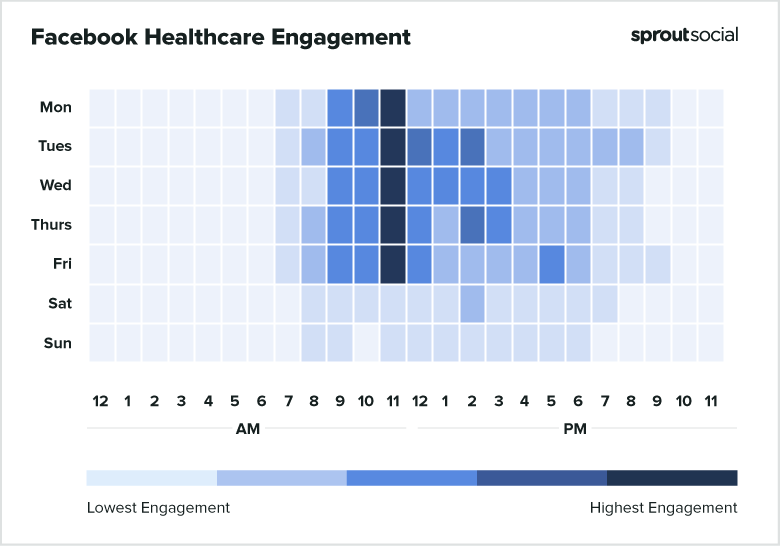
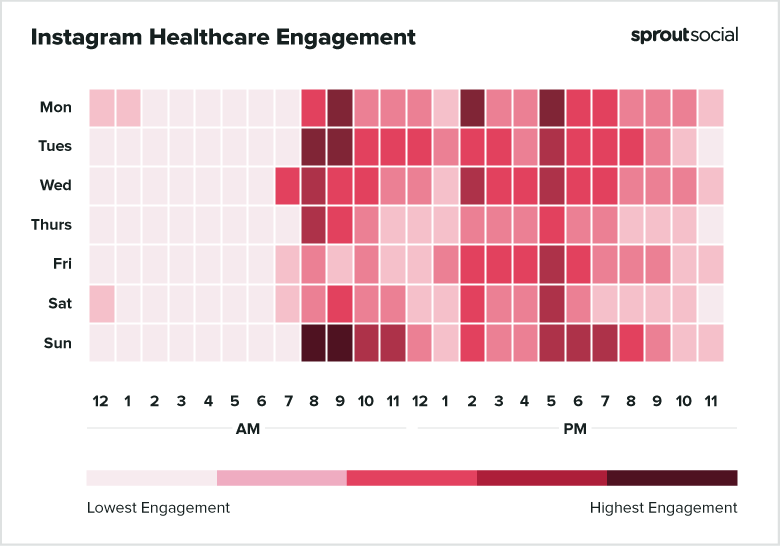
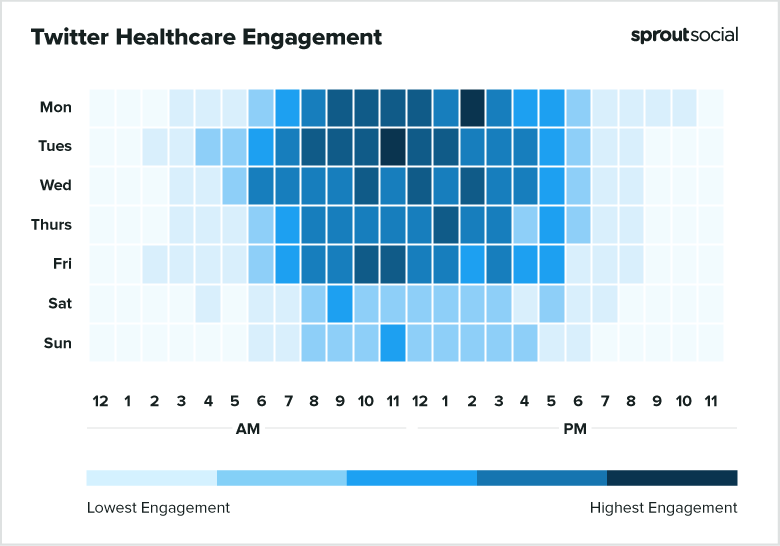
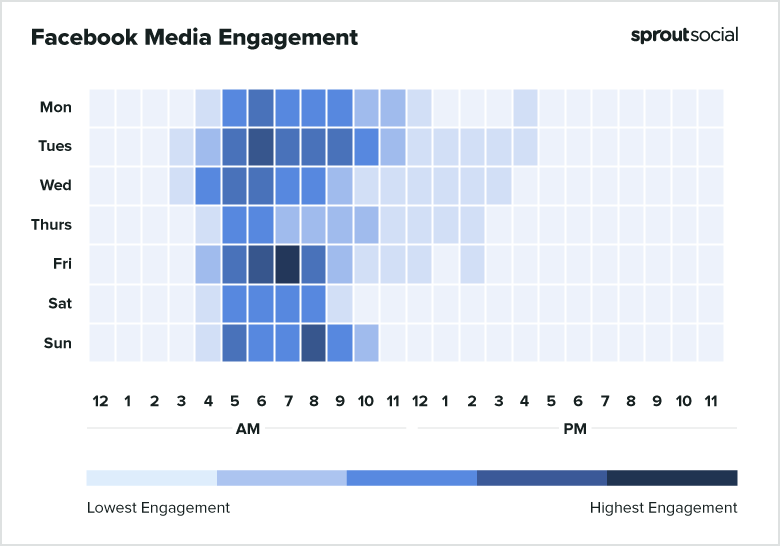
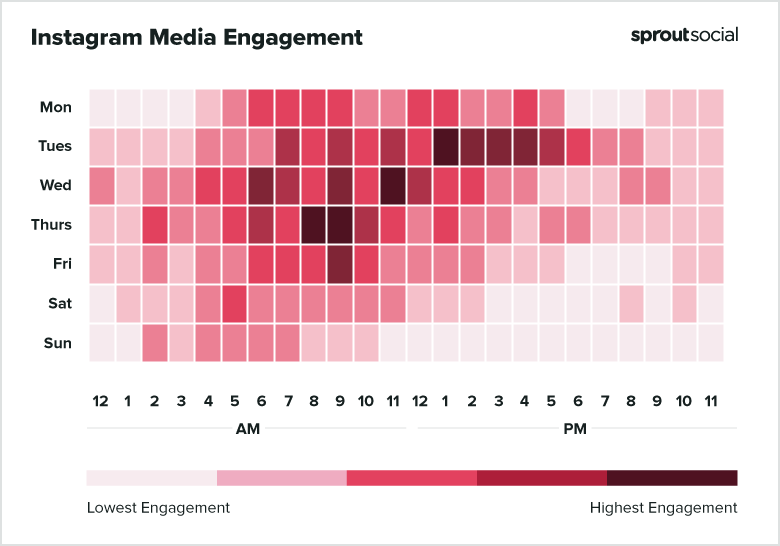
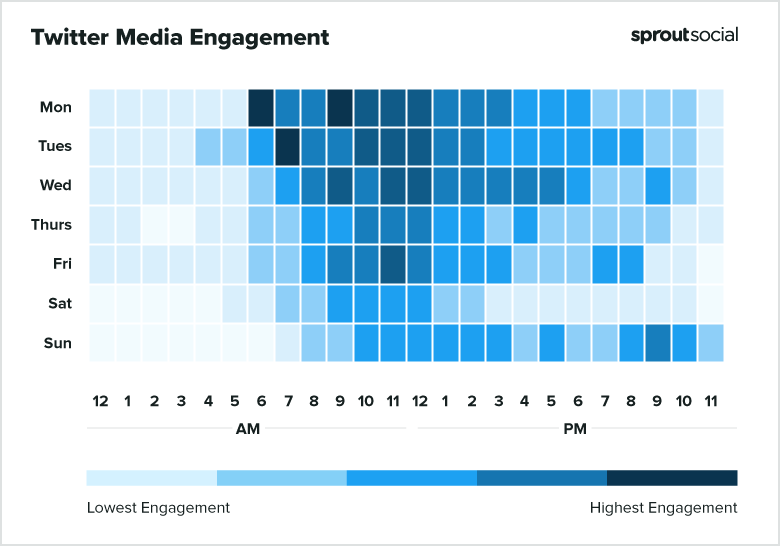
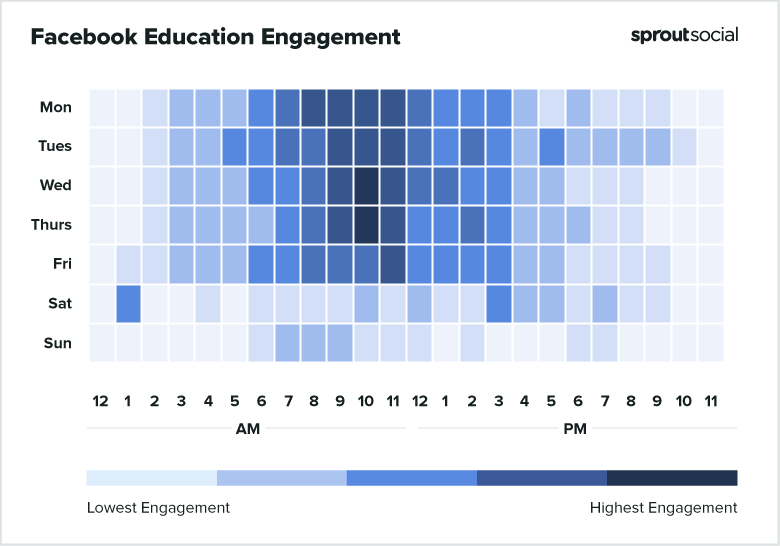
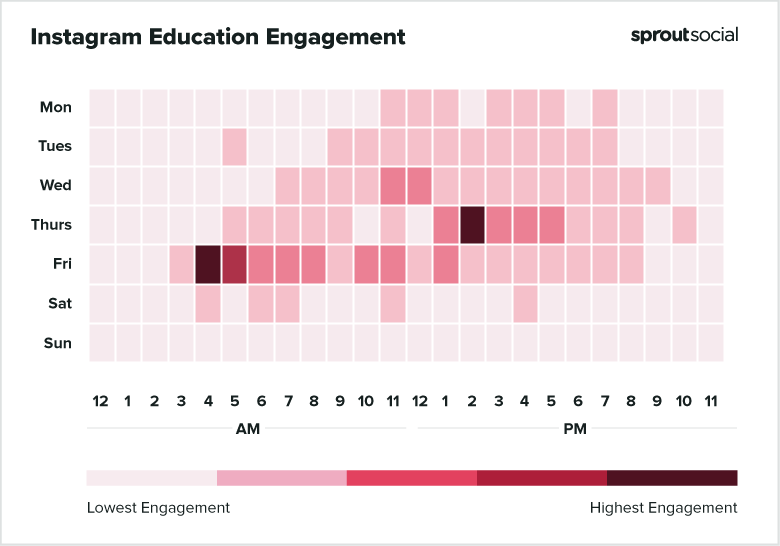
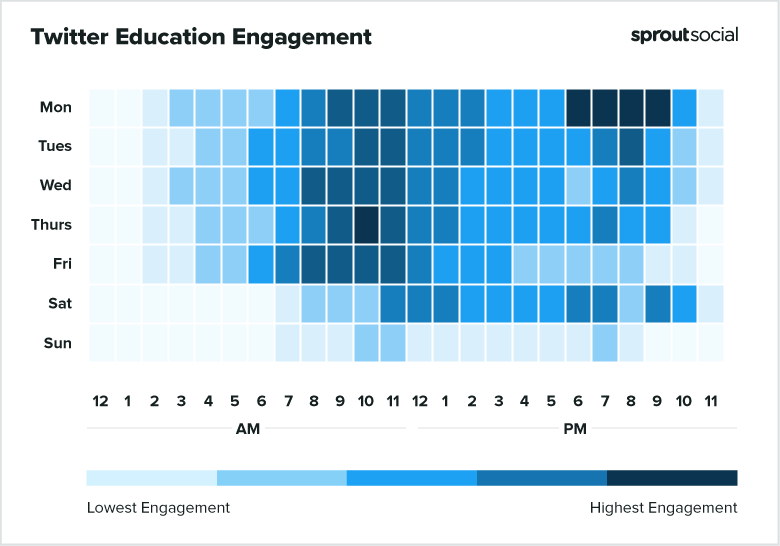
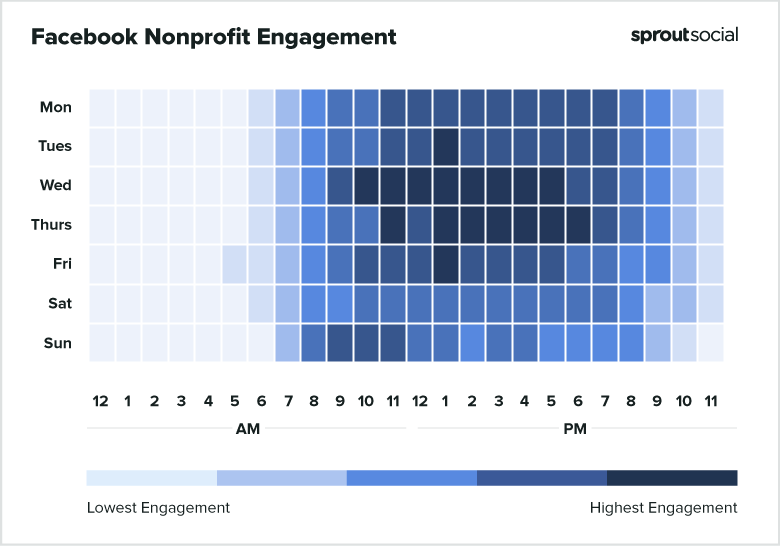
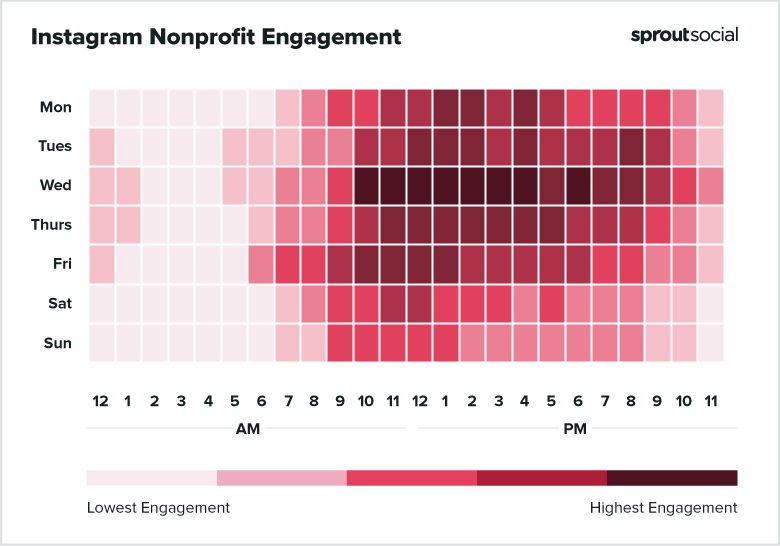
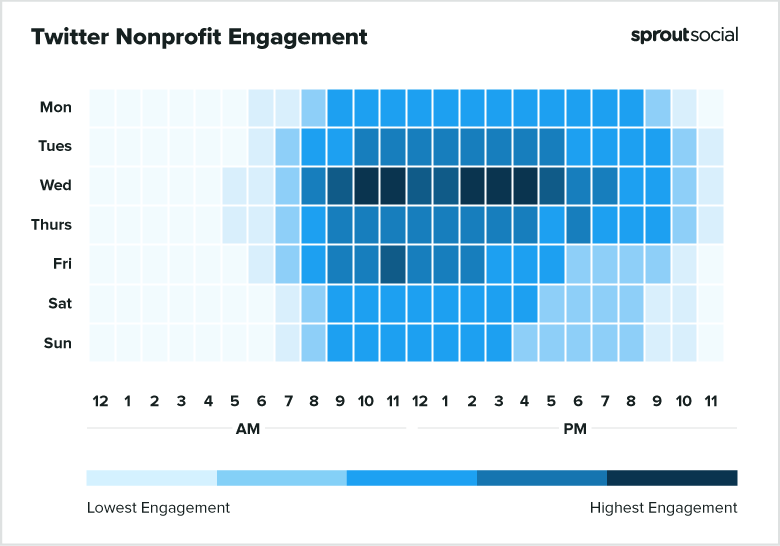
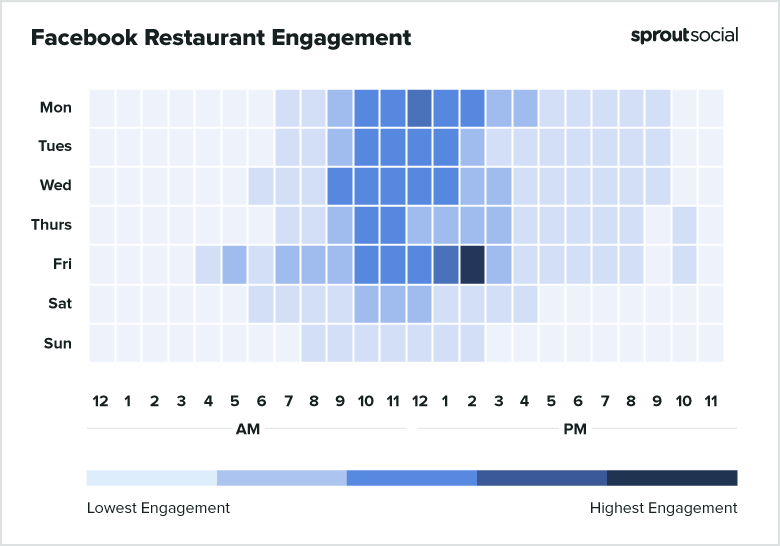
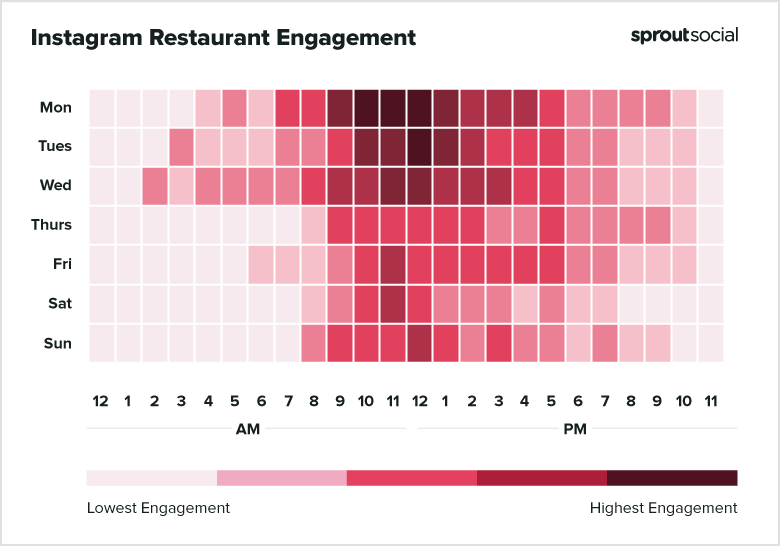
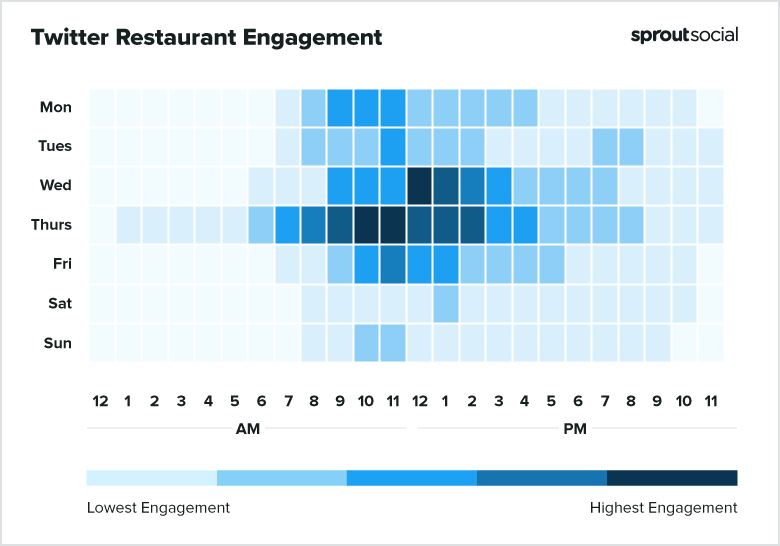
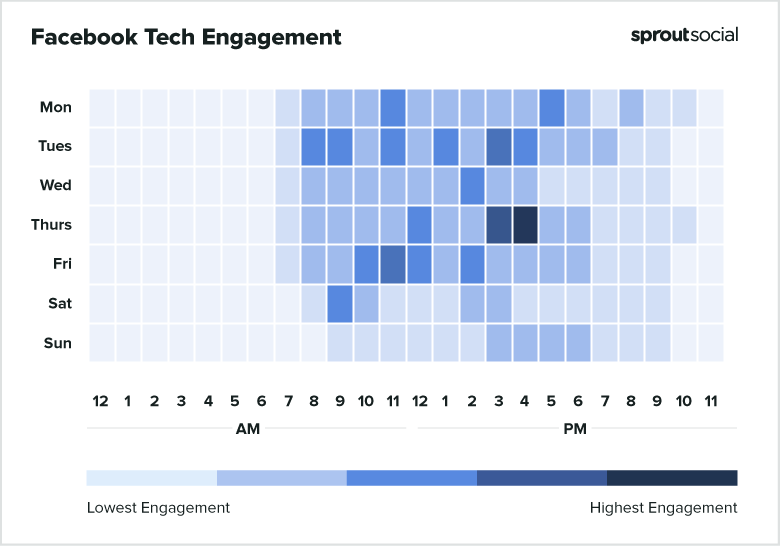
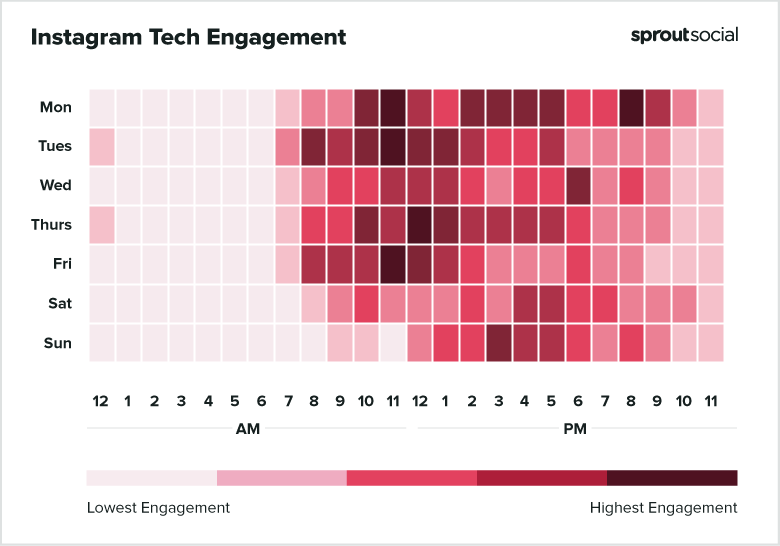
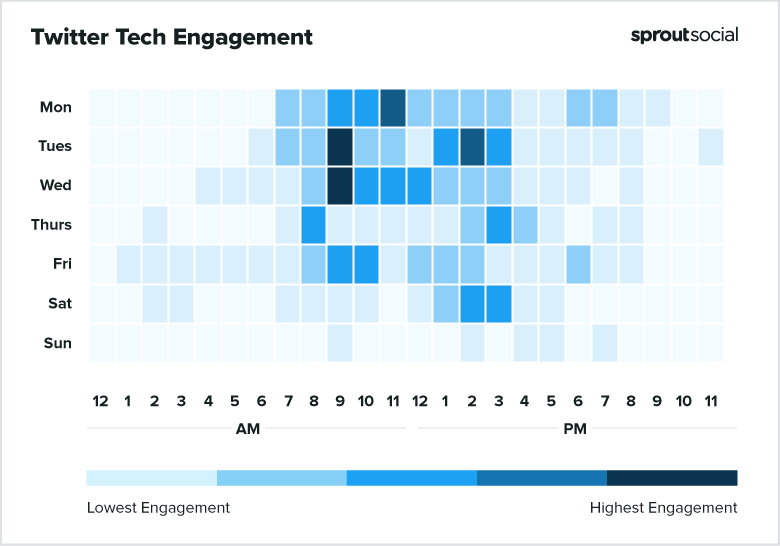
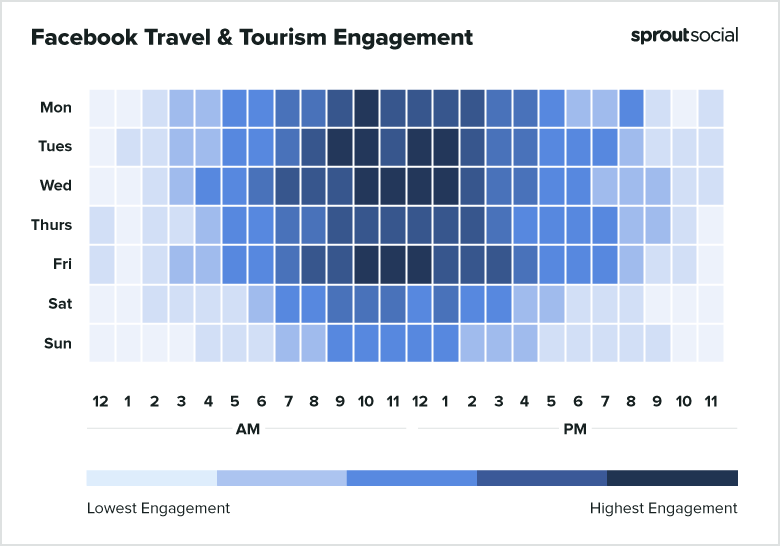
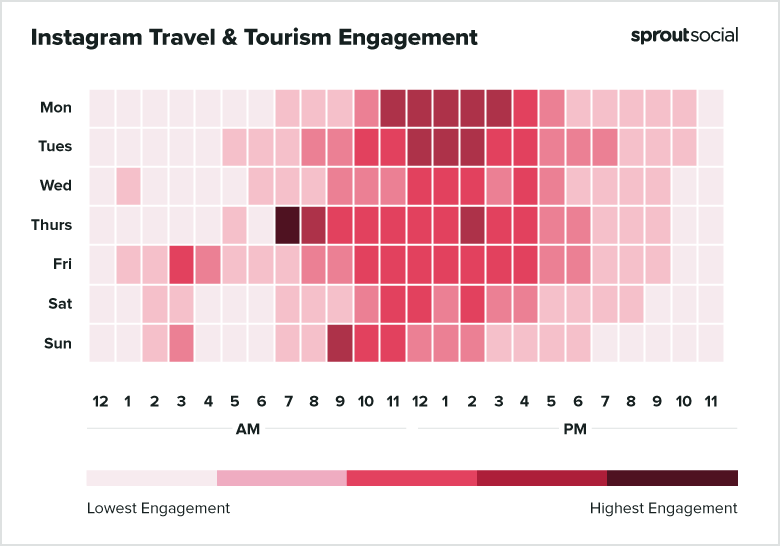
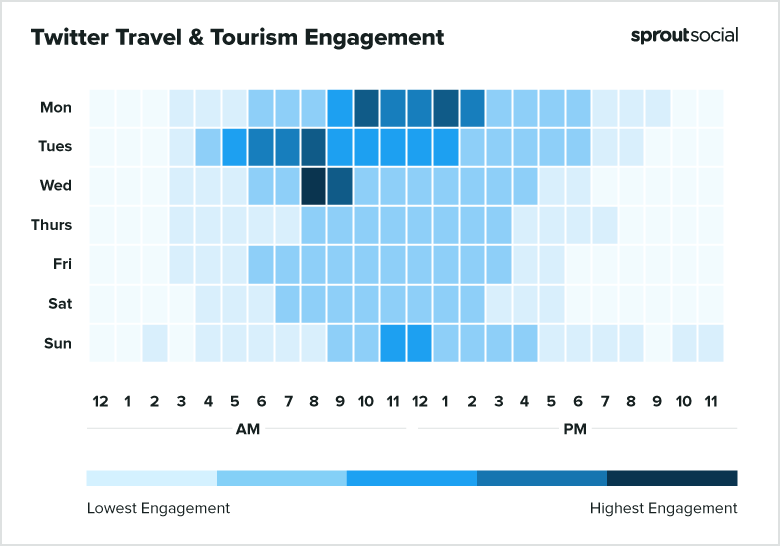
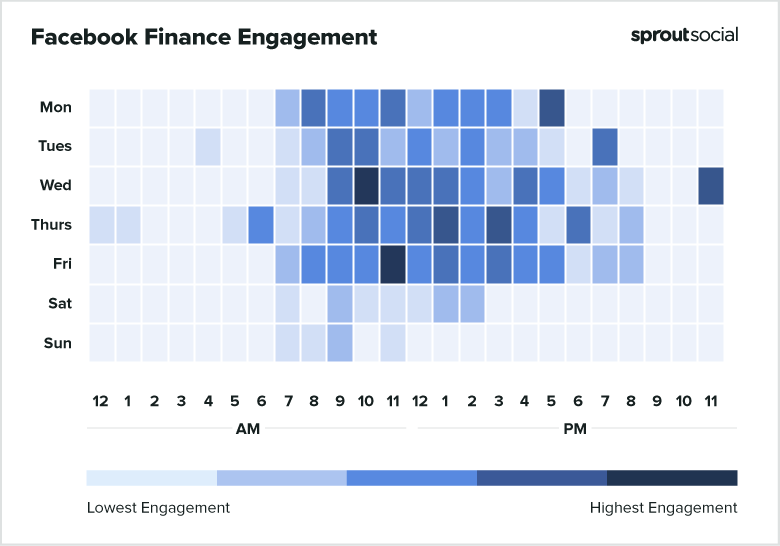
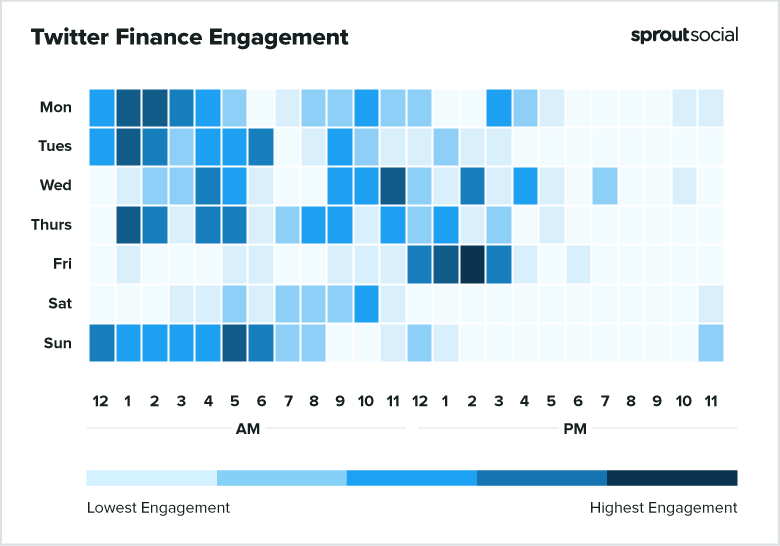
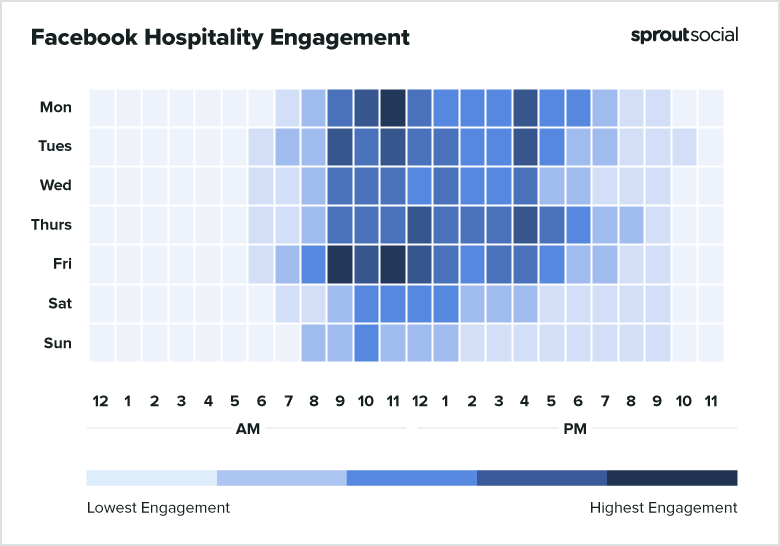
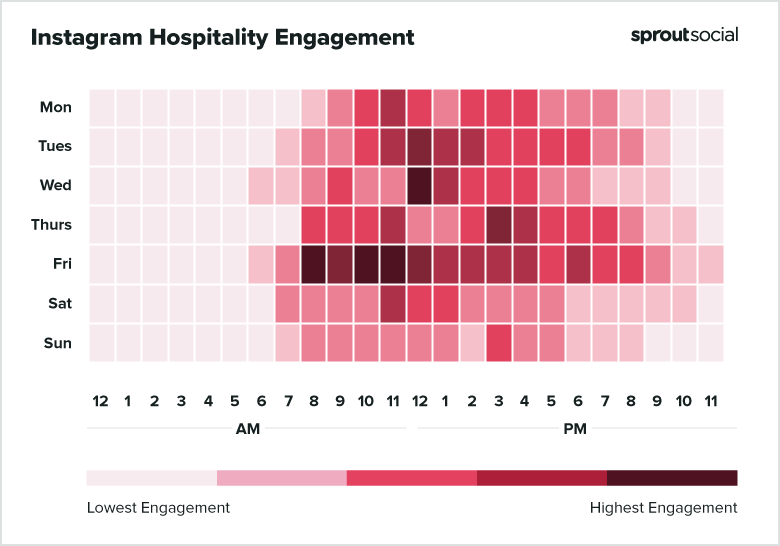
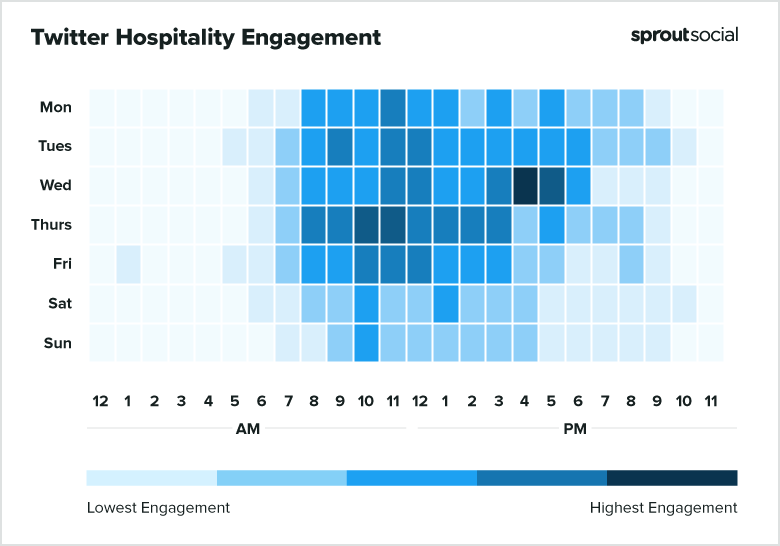
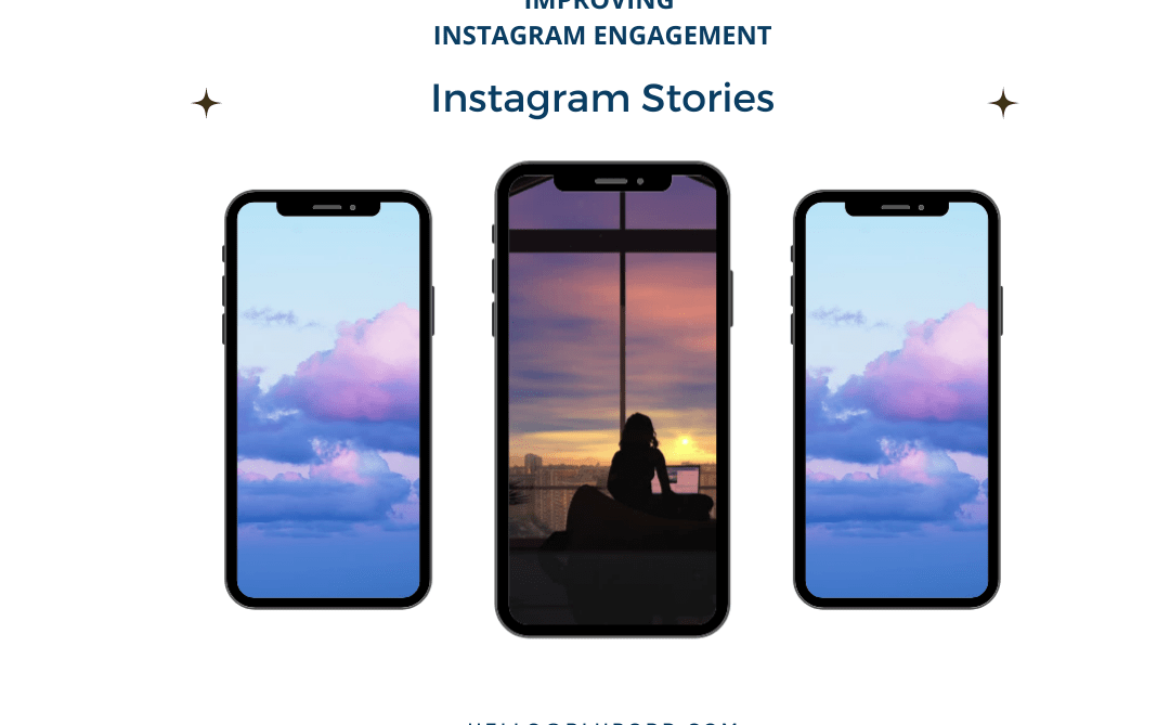
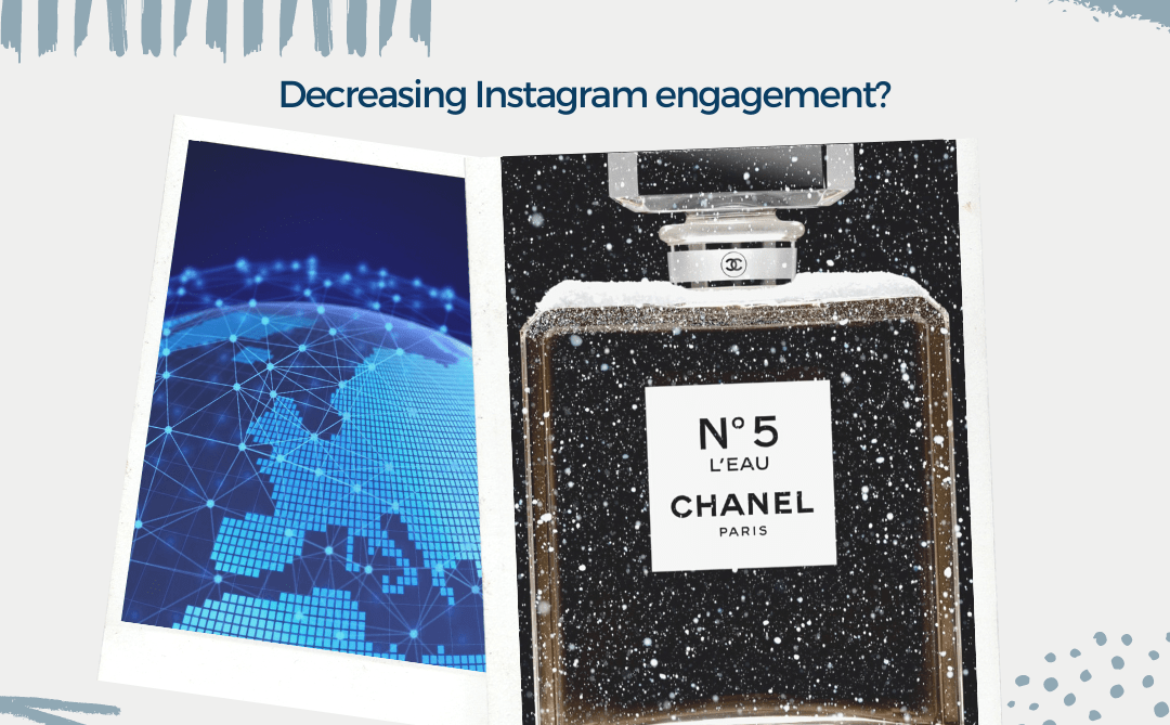

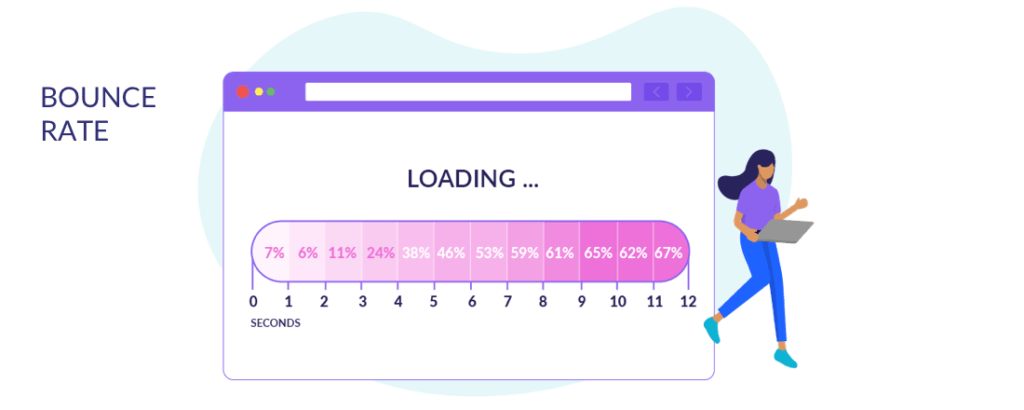
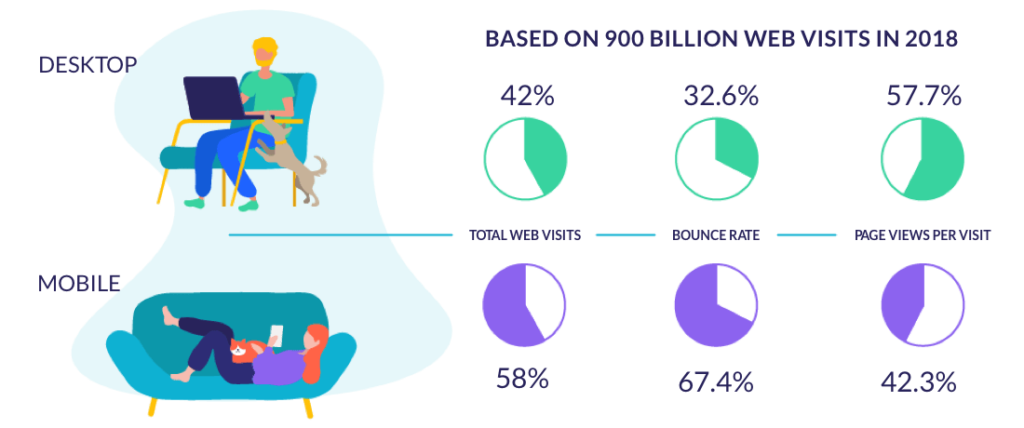

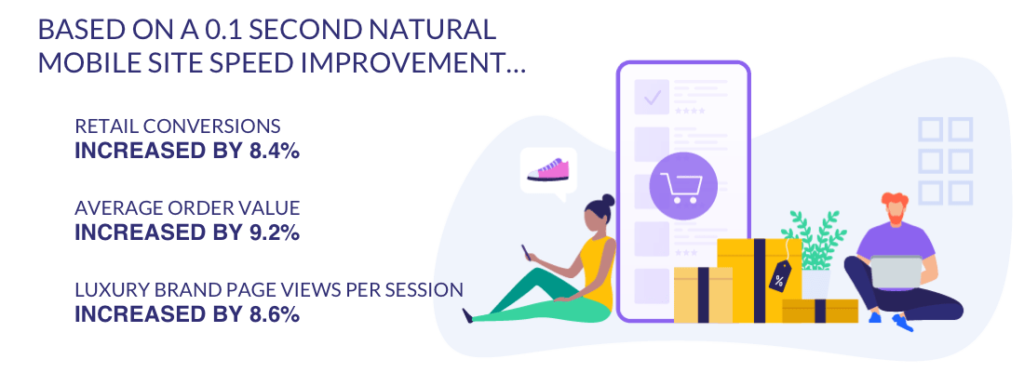

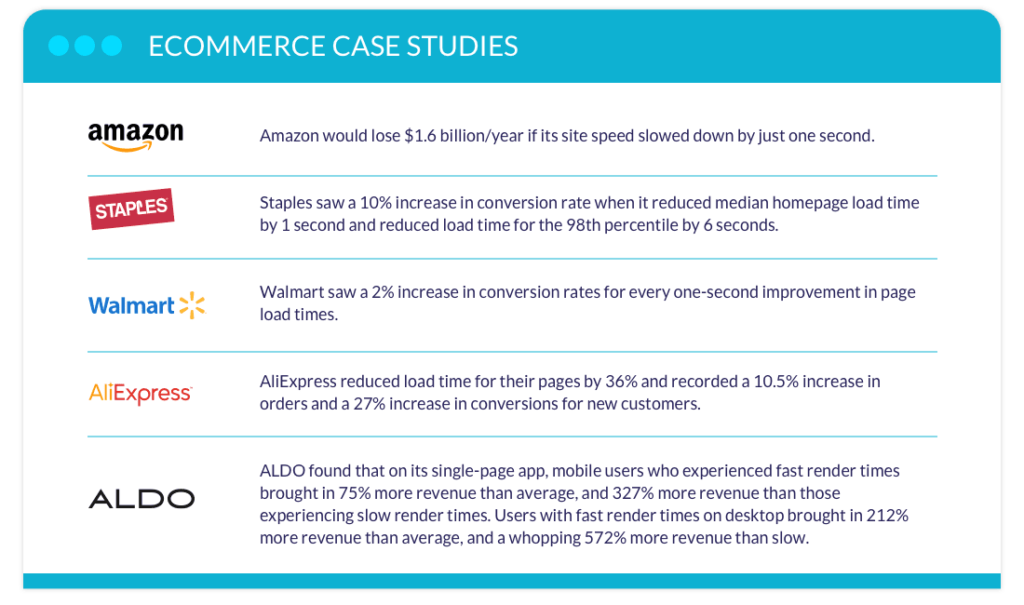
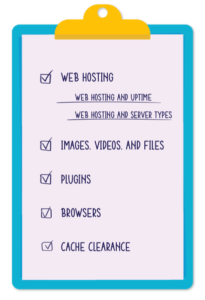 Web hosting-
Web hosting-